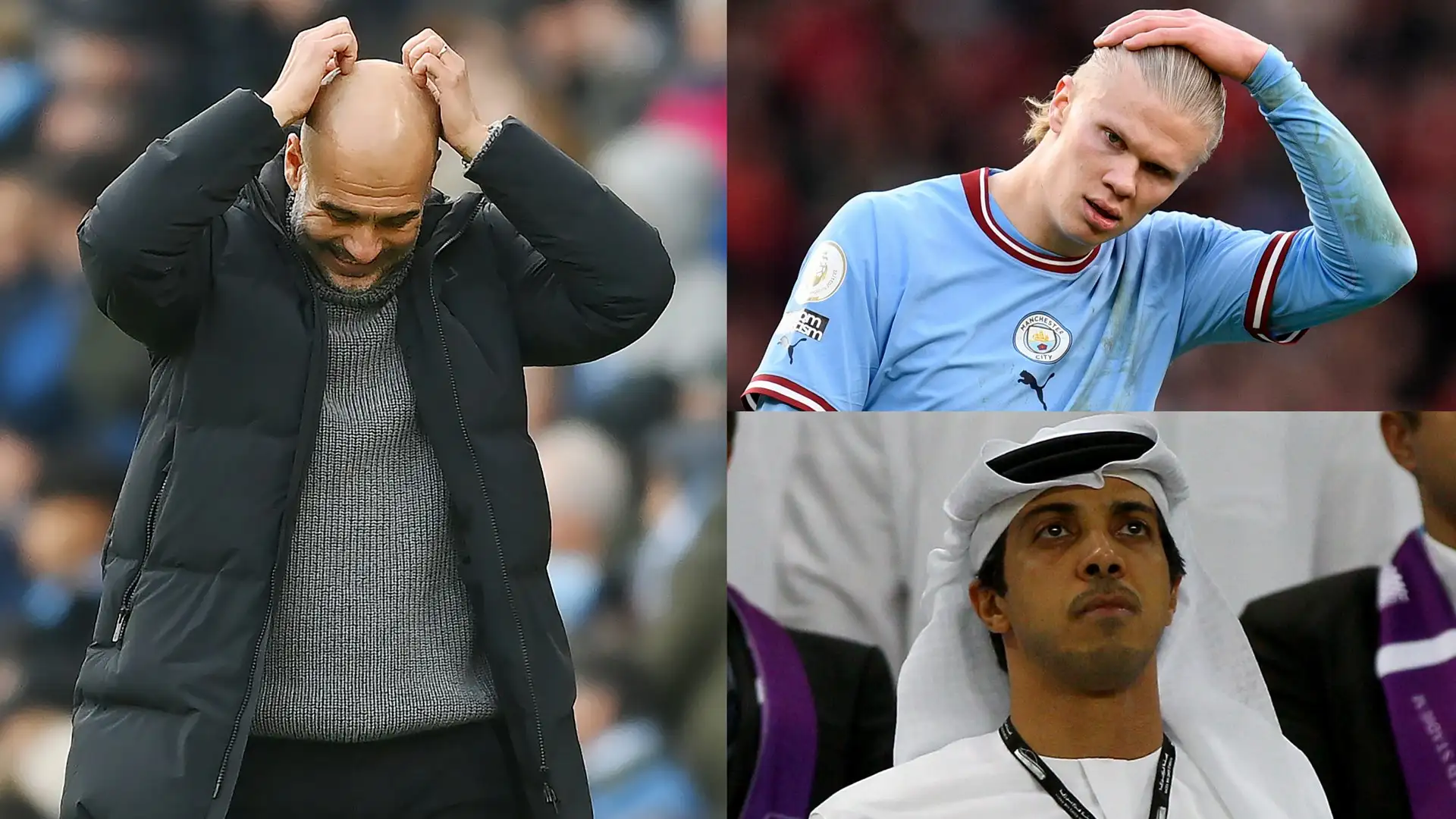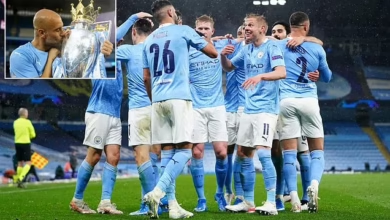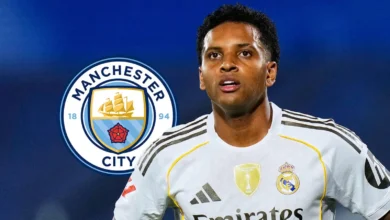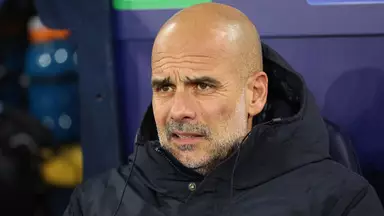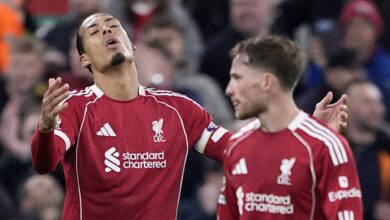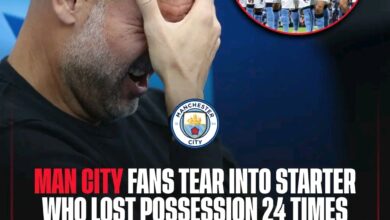Liverpool’s Injury Crisis: A Comprehensive Look at Current Player Setbacks and Their Impact on the 2025-26 Season
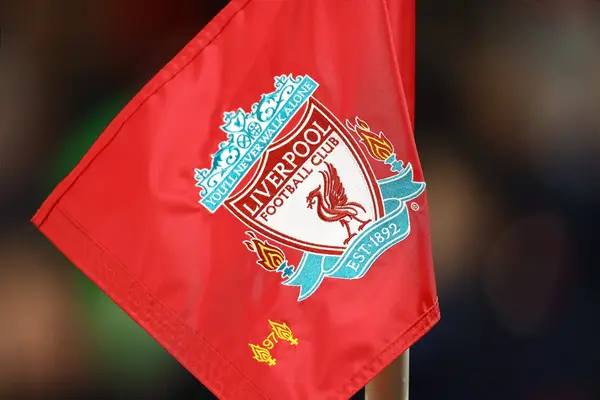
As Liverpool embarks on what promises to be another challenging campaign in the 2025-26 season, the club finds itself grappling with a series of injury concerns that threaten to disrupt their carefully laid plans. From promising new signings to established veterans, the Reds are dealing with a cascade of physical setbacks that highlight the brutal demands of modern football and the fragility of even the most well-conditioned athletes.
The start of any football season brings with it the inevitable reality of injuries, but Liverpool’s current situation presents a particularly complex challenge. What began as isolated incidents has evolved into a broader pattern of physical setbacks that could significantly impact the team’s tactical flexibility and squad rotation options throughout the crucial opening months of the campaign.
The injury landscape at Anfield reflects the modern game’s intensity, where players are pushed to their physical limits across multiple competitions. The demanding schedule of the Premier League, coupled with European commitments and domestic cup competitions, creates an environment where even minor knocks can develop into significant absences if not managed carefully.
Perhaps the most immediately concerning injury for Liverpool supporters is the hamstring strain suffered by new signing Jeremie Frimpong during the recent 4-2 victory over Bournemouth. The timing of this setback is particularly frustrating, as it occurred during what should have been a moment of celebration – his Premier League debut with his new club.
Frimpong’s injury serves as a stark reminder of how quickly circumstances can change in professional football. One moment, a player is showcasing their talents on the biggest stage; the next, they’re facing weeks on the sidelines as their body recovers from the demands placed upon it. The hamstring strain, while not considered severe by medical staff, represents more than just a temporary absence from the pitch.
For Frimpong personally, this injury disrupts what was meant to be a seamless integration into Liverpool’s system. New signings often need time to adapt to their team’s playing style, tactical requirements, and the general rhythm of their new environment. An injury during this crucial adjustment period can significantly delay this process, potentially affecting the player’s confidence and his ability to establish himself as a regular starter.
From a tactical perspective, Frimpong’s absence forces manager Jürgen Klopp to reassess his options and potentially alter his preferred formation or approach. The Dutch international was brought in to provide specific qualities – pace, attacking thrust from wide areas, and defensive solidity – that may now need to be replicated through alternative means or different personnel.
The club’s medical team has expressed cautious optimism about Frimpong’s recovery timeline, suggesting he could return to action for the fixture against Newcastle United on August 25. This represents a relatively quick turnaround for a hamstring injury, but it also highlights the delicate balance between pushing for a swift return and ensuring the player is fully prepared to avoid re-injury.
The psychological aspect of returning from injury cannot be understated. Frimpong will need to rebuild not just his physical condition but also his confidence in his body’s ability to withstand the demands of elite-level football. This mental component often proves just as challenging as the physical rehabilitation process.
While Frimpong’s injury is recent and relatively short-term, Conor Bradley’s situation presents a more concerning long-term challenge for Liverpool’s defensive planning. The young fullback’s hamstring issue has proven more persistent than initially anticipated, keeping him sidelined throughout pre-season and extending into the competitive fixtures that matter most.
Bradley’s absence is particularly significant given his emergence as a genuine contender for regular first-team football. The Northern Ireland international had shown tremendous promise in previous appearances, demonstrating the kind of pace, technical ability, and tactical intelligence that modern fullbacks require to succeed at the highest level.
The timing of Bradley’s injury is especially unfortunate, as pre-season represents a crucial period for players to build fitness, develop understanding with teammates, and stake their claim for inclusion in the manager’s plans. Missing this entire preparation phase means Bradley faces an uphill battle to regain his place in the squad hierarchy once he returns to full fitness.
From a squad management perspective, Bradley’s extended absence places additional pressure on Liverpool’s other defensive options. The club’s depth at fullback becomes crucial when dealing with the demanding schedule ahead, and losing a player who could have provided valuable rotation options creates potential problems down the line.
The persistence of Bradley’s hamstring problem also raises questions about the underlying causes and whether there might be biomechanical or training-related factors that need to be addressed to prevent similar issues in the future. Modern sports science has made tremendous advances in injury prevention, but hamstring strains remain one of the most common and recurrent injuries in football.
Recovery from hamstring injuries requires a careful balance between rest, rehabilitation, and gradual return to full training intensity. The temptation to rush players back, particularly when squad options are limited, must be weighed against the risk of aggravating the injury and potentially causing long-term damage.
Joe Gomez’s situation represents a different category of injury concern for Liverpool. The experienced defender’s calf problem, which forced him to cut short the club’s pre-season tour, demonstrates how even routine preparation can be disrupted by physical setbacks. However, his case also shows the positive side of experienced medical management and cautious player handling.
Gomez’s return to training represents a significant step forward in his recovery process, and his inclusion on the bench against Bournemouth suggests that the medical team is confident in his physical condition. However, the decision not to risk him during the match, instead opting for Wataru Endo when a substitution was needed, shows the careful approach Liverpool is taking with their returning players.
This cautious management reflects lessons learned from previous injury situations and the understanding that rushing players back can often lead to more severe problems later. Gomez, having dealt with significant injuries earlier in his career, likely appreciates this measured approach even if it means additional time away from competitive action.
The defender’s experience and versatility make him a valuable asset for Liverpool, capable of playing multiple positions across the defensive line. His return to full fitness will provide Klopp with additional tactical options and the security of having a proven performer available for selection.
The psychological impact of Gomez’s steady recovery should not be underestimated. For a player who has faced significant injury challenges in the past, successfully navigating this latest setback without complications represents an important victory in maintaining long-term career health and confidence.
The injury concerns at Liverpool extend beyond the men’s team, with Liverpool FC Women facing their own significant challenges as veteran goalkeeper Rachael Laws deals with a hand injury that threatens to disrupt their season preparations. Laws’ situation highlights how injuries can affect teams at all levels of professional football, regardless of gender or competition level.
The timing of Laws’ injury is particularly challenging given the significant changes occurring within Liverpool FC Women. The appointment of Gareth Taylor as the new head coach represents a fresh start for the team, with new tactical approaches, training methods, and expectations likely to be implemented. Missing this crucial transition period due to injury could significantly impact Laws’ ability to adapt to the new regime.
For a goalkeeper, hand injuries present unique challenges that differ from the muscle strains affecting outfield players. The specific nature of a goalkeeper’s role means that hand functionality is absolutely crucial, and any compromise in grip strength, finger mobility, or overall hand coordination can severely impact performance levels.
Laws’ experience and leadership qualities make her absence particularly significant for Liverpool FC Women. At 34, she represents a veteran presence in the squad, someone whose experience and guidance could prove invaluable during a period of transition under new management. Her absence means younger or less experienced players may need to step up both on and off the pitch.
The goalkeeper’s recent contract extension, which she described as a “no-brainer” decision, demonstrates her commitment to the club despite the injury setback. This long-term security provides both Laws and the club with the stability needed to focus on proper rehabilitation without the added pressure of uncertain future prospects.
Missing the Merseyside derby against Everton on September 7 represents more than just another fixture absence for Laws. Derby matches carry additional emotional and competitive weight, and missing such significant occasions can be particularly frustrating for any player, especially one with over 100 appearances for the club.
The accumulation of injuries across Liverpool’s squads raises important questions about squad depth, training methods, and injury prevention strategies. While no team can completely avoid injuries, the clustering of problems in specific areas (hamstring strains affecting multiple players) suggests there may be underlying factors worth investigating.
Modern football’s demands have never been higher, with players expected to maintain peak physical condition across longer seasons with more fixtures than ever before. The intensity of training sessions, the frequency of matches, and the physical demands of contemporary tactical systems all contribute to increased injury risk.
Liverpool’s medical and sports science departments will undoubtedly be analyzing these injury patterns to identify any common factors or preventable elements. This might involve reviewing training loads, recovery protocols, pitch conditions, or even individual player biomechanics to minimize future injury risk.
The psychological impact of multiple injuries on squad morale cannot be ignored. When several teammates are dealing with physical setbacks simultaneously, it can create an atmosphere of concern and potentially lead to other players becoming overly cautious or anxious about their own injury risk.
The approach to injury recovery in modern football has evolved dramatically over recent decades, with clubs investing heavily in cutting-edge medical technology, specialized rehabilitation equipment, and highly qualified medical personnel. Liverpool’s handling of their current injury list reflects these advances, with carefully managed return-to-play protocols designed to minimize re-injury risk.
The use of data analytics in injury management has revolutionized how clubs approach player fitness and recovery. GPS tracking, load monitoring, and biomechanical analysis all contribute to creating individualized recovery plans that account for each player’s specific needs and injury history.
Recovery timelines are no longer rigid, with medical teams adjusting rehabilitation programs based on real-time feedback from players and objective measurements of physical condition. This flexibility allows for more effective treatment while reducing the risk of setbacks during the return-to-play process.
As Liverpool navigates these early-season injury challenges, the situation presents both obstacles and opportunities for different members of the squad. Younger players may find themselves with unexpected chances to prove their worth, while the coaching staff must demonstrate their tactical flexibility in adapting to reduced squad options.
The true test of Liverpool’s squad depth and management expertise will come in how effectively they cope with these absences while maintaining competitive standards across all competitions. The club’s success in managing similar challenges in previous seasons provides reason for optimism, but each situation brings its own unique demands.
The injury situation also highlights the importance of squad planning and the need for clubs to maintain adequate depth across all positions. While no team can prepare for every possible scenario, having quality alternatives available can mean the difference between a minor disruption and a significant setback to seasonal objectives.
As these injured players work their way back to full fitness, Liverpool’s medical team faces the ongoing challenge of balancing the desire for quick returns with the necessity of ensuring long-term player health. The decisions made during these recovery periods will have implications not just for the immediate future but potentially for the entire season ahead.
The road back from injury is never straightforward, requiring patience, dedication, and careful management from all parties involved. For Liverpool, successfully navigating these current challenges could prove crucial in determining how their 2025-26 campaign ultimately unfolds.





